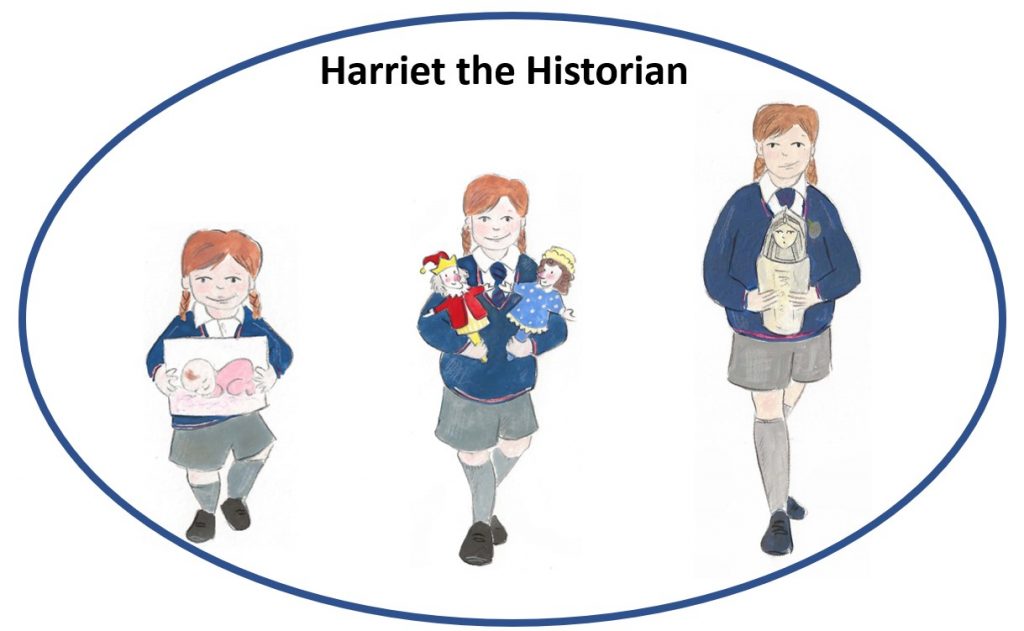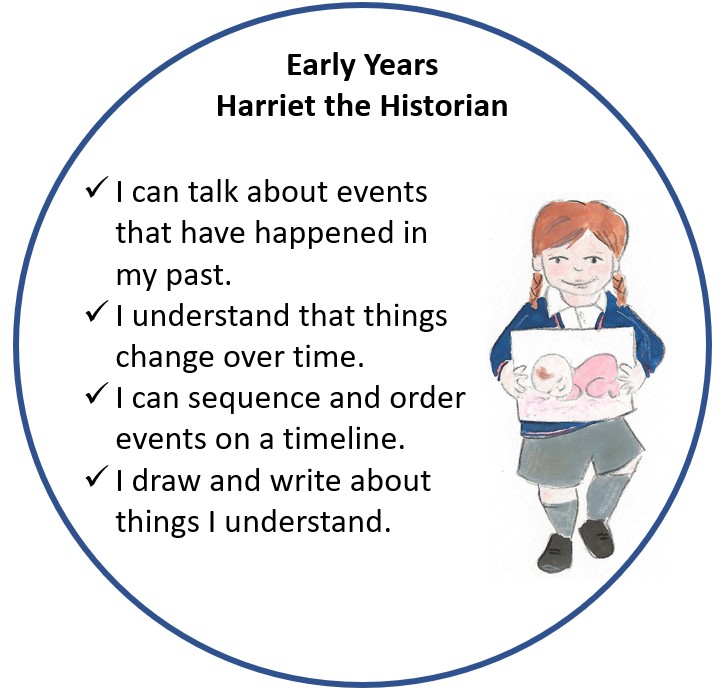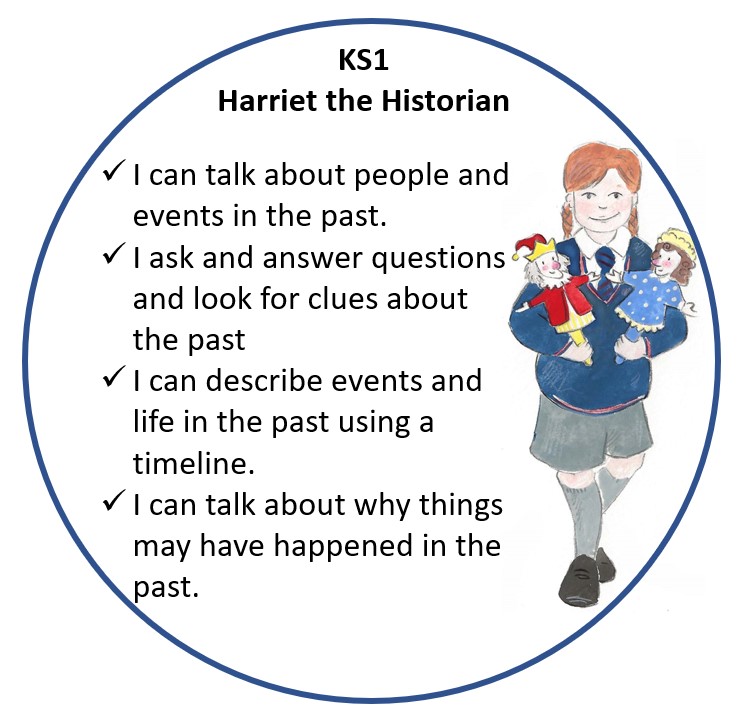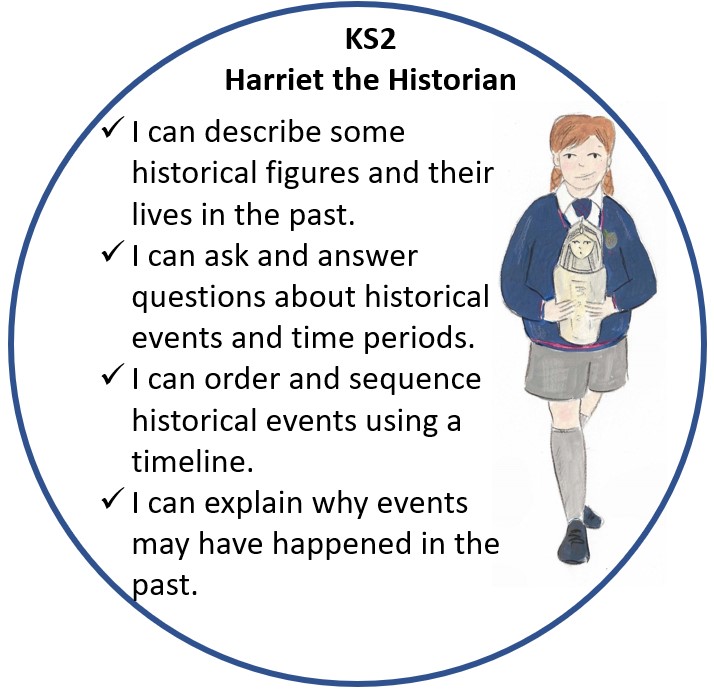
Intent: Why does our History curriculum look like this?
At Barley Fields Primary, we have designed a History curriculum which provides a high-quality, sequenced and progressive teaching and learning experience for children. We want to inspire our children to want to know more about the past and to think and act as historians. In this way children will understand how things have evolved to the present and be able to make sense of the future. By linking their learning to a range of historical themes, our children will have opportunities to investigate and interpret the past, understand and develop a chronology of events, build an overview of Britain’s past as well as exploring key periods of history across the wider world.
The curriculum is designed to ensure children begin by exploring history linked to themselves and events in living memory, it progresses to explore key historical events and people linked to British history and to compare this with significant world historical events and periods. Our lessons include familiar themes to allow children to compare and contrast periods in history such as activities in daily life, society and politics, entertainment and leisure and important achievements, inventions and change.
Implementation: How will we achieve this?
Our children follow a carefully structured History curriculum which has been designed to ensure children know more, remember more and can do more as they progress through our school. Our curriculum is based on the following strands of learning:
- Historical Knowledge
- Historical Enquiry
- Chronological Understanding
- Historical Interpretation
Our Teaching Approach
History is taught in blocks of lessons to ensure children have opportunities for a sustained period of study and have time to embed and enhance their learning. Detailed medium-term planning supports teaching, ensures continuity and carefully plans for progression and depth. The medium-term planning also underpins an appropriate teaching pedagogy for effective quality first teaching in History. All teaching and learning in History is designed to be practical and hands on; to encourage children to question and investigate for themselves and to provide them with high quality resources and materials to support their learning
Within our curriculum we develop children with the following essential characteristics to help them become historians:
Our children are taught to understand the core skills needed to work as a Historian with the use of the school curriculum character – Harriet the Historian. This character is regularly used to encourage children to reflect on the key skills needed when working within the History curriculum.



Full details of our curriculum long term schemes of learning and curriculum pathways can be downloaded below.
Impact: How will we know our children are achieving?
By the end of each key stage, children are expected to know, apply and understand the skills and techniques specified in the History curriculum plan.
Children are assessed using our SONAR tracking system which identifies clear and progressive end points. This ensures progress is maintained and end of key stage expectations are met by all children. Children are assessed termly and a final summative assessment made at the end of the academic year. Children will be assessed as either Emerging, Developing, Secure or Exceeding, in accordance with Age Related Expectations.
In addition, we measure the impact of our curriculum through the following methods:
- A reflection on standards achieved against the planned outcomes;
- A celebration of learning for each term which demonstrates progression across the school (Curriculum Floor book);
- Pupil discussions about their learning (Pupil Voice);
- The annual tracking of standards across the curriculum. In KS1 and KS2
